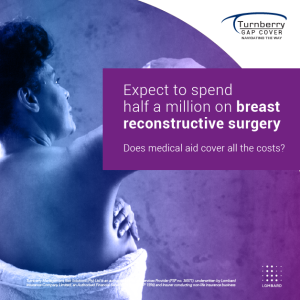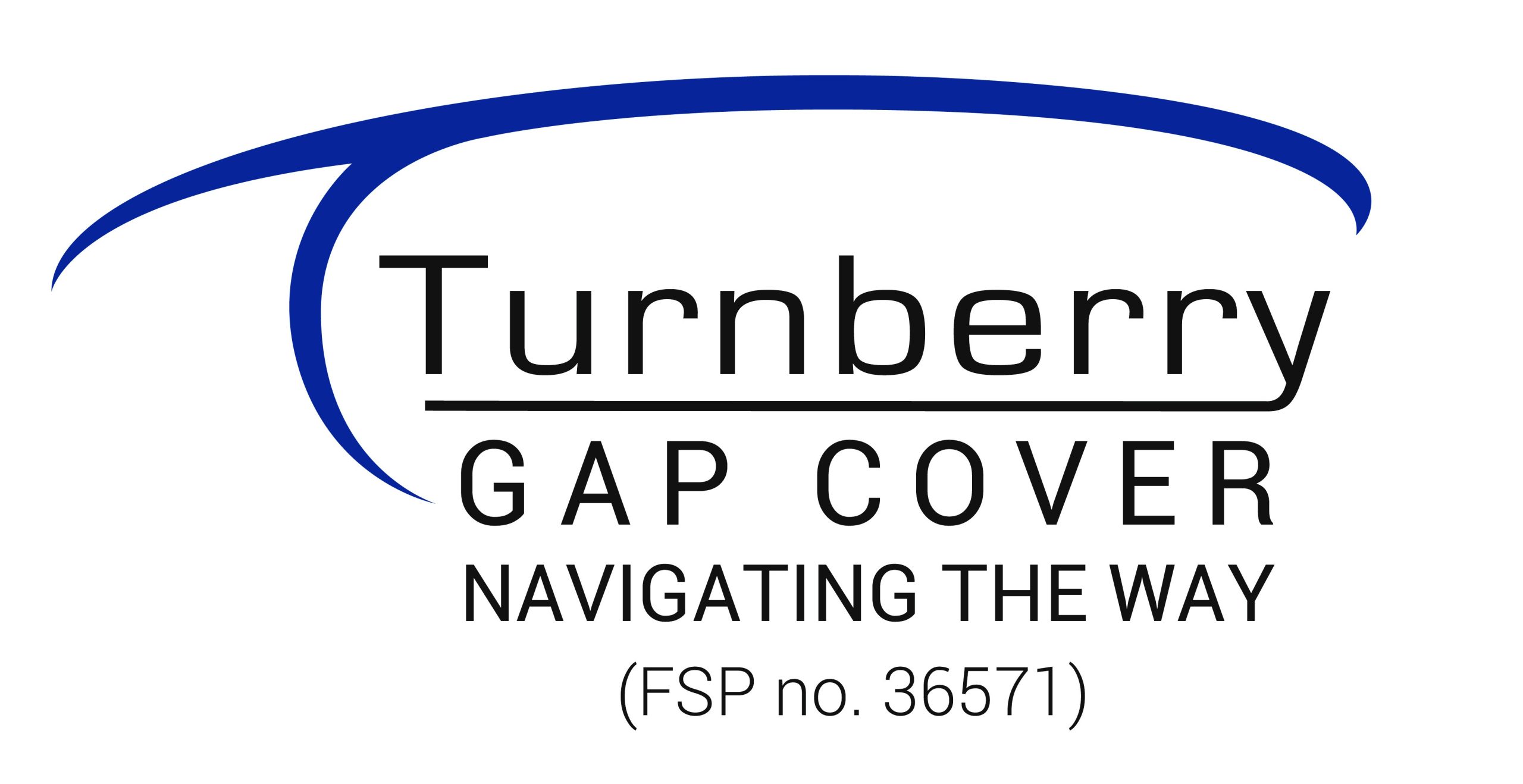
Medical Academic – 22nd March 2023
Statistics released by the NCR further revealed that about 19.4 million women aged 15 years and older live at risk of being diagnosed with breast cancer, with 16% of cancer deaths attributed to breast cancer. The dominant reason behind women developing breast cancer is because their breast cells are constantly exposed to the growth-promoting effects of the female hormones oestrogen and progesterone. However, early detection of the disease can result in effective treatment and a positive prognosis, with about 90% of patients surviving for many years after diagnosis when breast cancer is detected at the early stages. Hence, women aged 45 and older are advised to do a yearly mammogram.
Early detection of the disease can result in effective treatment and a positive prognosis, with about 90% of patients surviving for many years after diagnosis when breast cancer is detected at the early
The earlier, the better
Additionally, early detection of breast cancer usually means that quite often the treatment regime is likely to be less invasive and onerous than if it is identified in the latter stages. There is, however, a growing concern that most women are only diagnosed in the later stages of cancer, which makes for a difficult prognosis.
Once a patient has been diagnosed with breast cancer, surgical removal of the tumour is often the first step in treating the condition in its early stages. However, systemic treatment, such as chemotherapy, targeted therapy, or endocrine therapy, may be recommended before surgery for some type of breast cancer, or for larger or more advanced tumours.
Invasive treatment
A more radical and invasive form of treatment is a mastectomy, which is the oldest and most well-known method of surgically treating breast cancer. This involves a procedure where the entire breast is removed from the body, leaving the patient with a flat chest and a scar. Often, immediate reconstructive surgery can be carried out so that the patient only undergoes a single operation.
Like many other cancer treatments, breast cancer treatment can be extremely costly. Treatment costs can range from R10 000 to R450 000 per year, depending on when the cancer is diagnosed, and which treatments are required. Depending on a patient’s medical aid scheme and plan type, they could be expected to cover some expenses of cancer treatment out of their own pocket.
Gap cover is key
Turnberry CEO Tony Singleton explains that gap cover makes a significant difference, as it is a policy that covers predominantly in-hospital events and pays for the shortfall between what medical specialists charge and what the medical aid scheme will pay out.
“Most families do not have tens of thousands of rands lying around in case of a cancer diagnosis, so it is important to consult a financial advisor to ensure that you can supplement your medical aid cover with a gap policy that will assist with the payment of specialists’ fees, co-payments and any sublimit that you may be exposed to”, he says.
“Medical aid, as well as gap cover, is vitally important as anyone at any age can be diagnosed with cancer. Cancer treatment is very expensive and gap cover can make a big difference, especially if you are on the lower medical aid plans. With South Africa’s very fractured public health care system you do not want to not be covered”, says Nicole Fuller, Cancer Patient Navigator at Machi Filotimo Cancer Project.
Picking the right medical scheme and plan is very important and must be aligned with the applicable gap cover option to ensure that you are as comprehensively covered as possible. A cancer diagnosis can be emotionally devastating and the last thing you need is to worry about finances when battling this dread disease.
https://getcovered.turnberry.co.za/app/1
What is Gap Cover?
https://getcovered.turnberry.co.za/app/1
Client Testimonials
Turnberry assisted with claims for various incidents during the last few years – from an elective orthopaedic surgery for my young daughter to emergency surgeries for my wife. When my wife was diagnosed with cancer last year, the once-off payment assisted in a number of the out-of-hospital expenses. In addition, the knowledge that the expenses threshold is so much higher than the standard medical rates provided peace of mind. I have recommended Turnberry Gap Cover to our family, and reiterate that it is an essential or mandatory product. No healthy person believes critical or emergency procedures will happen. But the truth is that it can happen to anyone. The cost vs benefit is not a logical debate, without gap coverage you may end up selling assets to cover the bills. Turnberry’s services were professional, quick and efficient – ‘Peace of mind’. Mynhardt Oosthuizen
